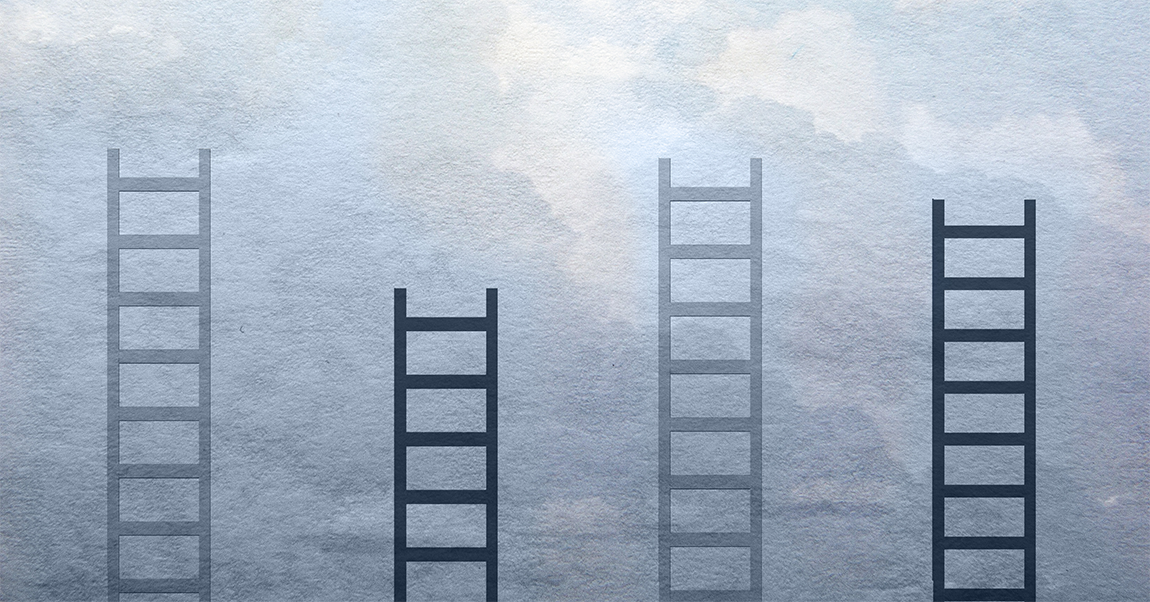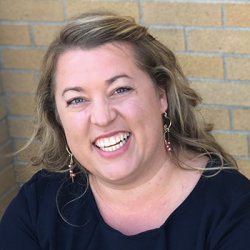
I probably did more harm than good.
It was totally unintentional, but the power was all mine. See, as an English teacher in my first year of teaching, I had been taught to use Differentiated Instruction in my classroom; to provide academic supports to students who needed assistance, such as students with IEPs, students who struggled with reading or writing, or students who needed more time processing content. Decisions about what support and how to provide it were to be made by me, the teacher.
That meant Brian, who had an IEP for reading and content processing, got special time with me. While other students read To Kill a Mockingbird silently, I gave Brian the option to read in the hallway with a friend. Then, as students freely journaled about that chapter, I gave Brian a list of targeted questions to answer about the reading. Often, over lunch, he would orally present his understanding to me. I vividly recall the day where I laminated a permanent pass for Brian to meet me over lunch. I thought I was helping Brian. Turns out, I was hurting the rest of his classmates.
Fast forward thirteen years to my 6th grade PBL classroom. I’ve moved away from Differentiated Instruction.
The DI approach “emphasizes the central role of the teacher to modify content and processes in order to address the needs and learning styles of each student” (CAST, 2013). However, I’ve recognized that Project Based Learning aligns to the aims and goals of Universal Design for Learning (UDL), which is a way to think about teaching and learning through the lens of meeting every student’s needs by removing barriers to learning.
Just as PBL is a mindset shift in how our students experience our curriculum, UDL is a mindset shift in how teachers meet the needs of all students, especially those furthest from opportunity. No longer do teachers select strategies to provide to specific students based on the teacher’s determination; rather, UDL focuses on intentionally designing activities for students on the edge of learning opportunities, recognizing that what is essential for some can benefit all.
As I intentionally design scaffolds for my classroom, I think of those students who are “at the edges” of my classroom.
I may think of Joey, who struggles with Emotional Behavioral Disorder and has an IEP which states that providing a checklist of goals helps Joey be successful. In reality, all students can benefit from a checklist of goals to meet throughout a project. I may think of Mai Lee, whose parents speak exclusively Hmong at home. When giving feedback to her peers during a Gallery Walk, Mai Lee benefits from having sentence stems; however, I post those sentence stems for all students to use in crafting feedback.
No longer do I hand out scaffolds only to students I have identified as struggling. All students can choose to use the given supports as they see fit.
I also remove barriers when it comes to how students will demonstrate their learning in a project. In my PBL classroom today, all students have the opportunity to choose how they share their learning with me, from writing a series of journal entries, illustrating cartoons to convey their thoughts, recording their ideas on a short video or podcast, or having a one-on-one conversation with me.
As PBL educators, we can embrace the notions of Universal Design for Learning.
No longer are we the sole decision-maker in the classroom, determining supports for students based on who we believe should be supported and in what manner. Rather, we are partners with our students, providing options to students and assisting them in pushing to their learning edge.
Designing to the edges takes time and can feel overwhelming. Self-doubt often settles in. How do I ensure I am engaging all students socially, emotionally, and academically? How can I provide scaffolds to students that meet their needs yet push them to their learning edge? How do I provide options for students to show mastery of success skills yet also maintain academic rigor?
By following the principles of UDL and PBL, I find my classroom to be a much more vibrant place for all students to grow as learners. I act more like a facilitator, guiding students towards making choices that benefit their growth, reflecting on how those choices impacted their learning now and in the future. Most importantly, I see barriers broken down to give rise to student empowerment. No longer am I making decisions about how to best support a struggling student. Rather, my students are advocating for themselves, expressing how they learn best and sharing their learning methods with each other.
As I recall my classroom of the past, I remember all those lunch hours I spent one-on-one with Brian, trying desperately to meet his needs.
I isolated Brian, sending him into the hallway with a buddy to read. I didn’t want to embarrass Brian by having him talk to me during class while the rest of his classmates wrote responses as journal entries. Now, I realize I short-changed the rest of his classmates, many of whom probably would have loved to read aloud or listen to an audiobook of the chapters. I’m sure several students would have wanted to share their ongoing learning orally. Most importantly, the rest of the class missed out on hearing Brian’s thoughts on a regular basis.
Today, although Brian has long since graduated high school, I design with him in mind. I design with Joey and Mai Lee in mind. I design to the edges, knowing that the scaffolds I put in place will help all find success.
For more about “designing to the edges,” see “Curb Cuts and Texting Might Change the Way You Design Projects” by Ryan Sprott, another PBLWorks National Faculty member.

